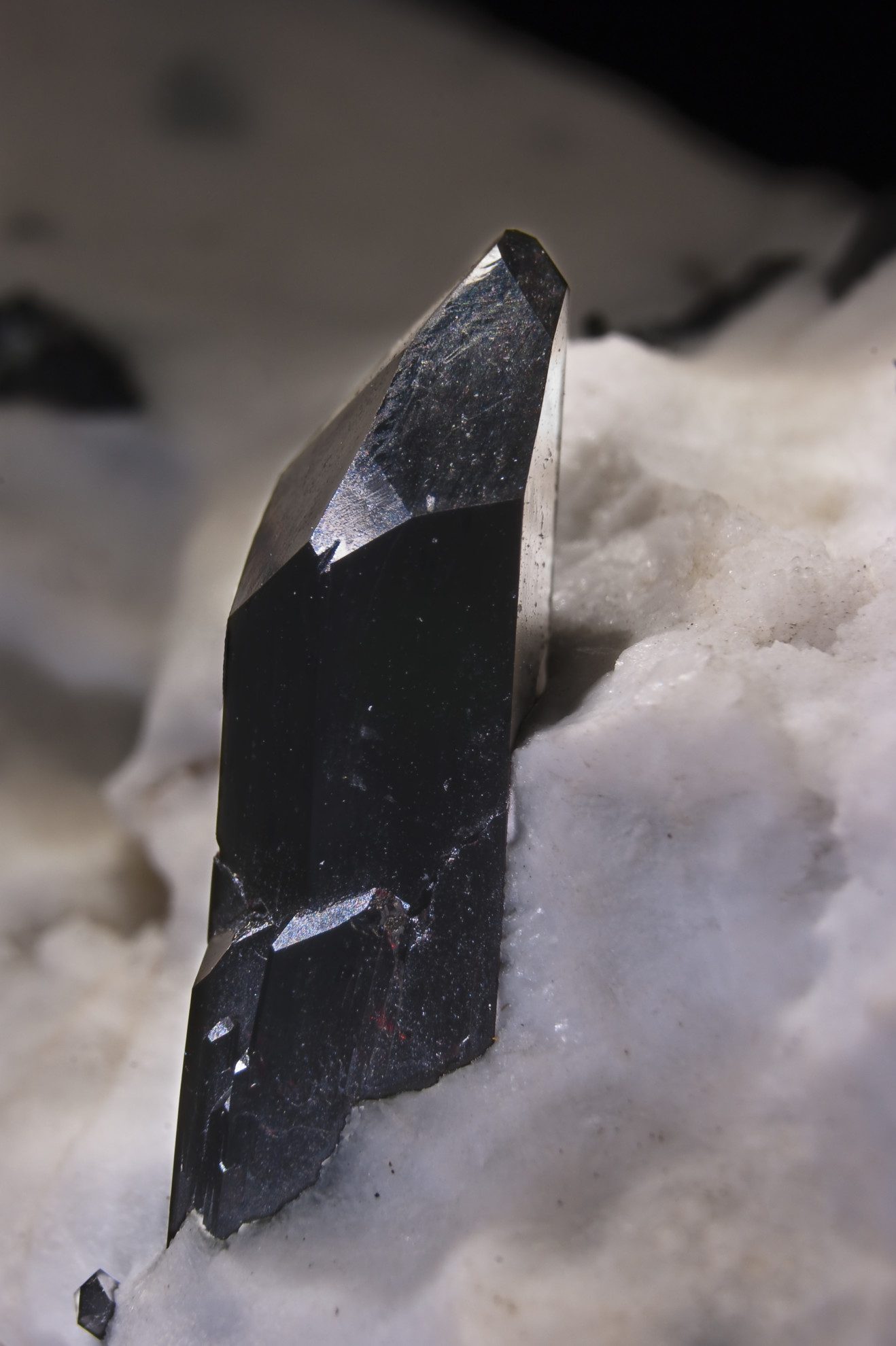Neptunite Value, Price, and Jewelry Information
An overview on Neptunite Jewelry and Gemstones. Covers details and essential information on the physical properties and characteristics of Neptunite gems.
An overview on Neptunite Jewelry and Gemstones. Covers details and essential information on the physical properties and characteristics of Neptunite gems.
Start an IGS Membership today
for full access to our price guide (updated monthly).Neptunite Value
Optics: a= 1.690-1.691; β=1.693-1.700; γ=1.719—1.736.
Biaxial (+)
Occurrence: In alkaline rocks and carbonatites but most especially embedded in natrolite in San Benito County, California, where it occurs in spectacular crystals associated with benitoite and joaquinite.
Narsarsuk, Julianhaab district, Greenland.
Mt. Ste. Hilaire, Quebec, Canada.
Kola Peninsula,USSR: mangan-neptunite.
San Benito County, California.
Name: For Neptune, god of the sea in mythology, because it was found associated with aegirine, named after Aegir, Scandinavian god of the sea.
Joel E. Arem, Ph.D., FGA
Dr. Joel E. Arem has more than 60 years of experience in the world of gems and minerals. After obtaining his Ph.D. in Mineralogy from Harvard University, he has published numerous books that are still among the most widely used references and guidebooks on crystals, gems and minerals in the world.
Co-founder and President of numerous organizations, Dr. Arem has enjoyed a lifelong career in mineralogy and gemology. He has been a Smithsonian scientist and Curator, a consultant to many well-known companies and institutions, and a prolific author and speaker. Although his main activities have been as a gem cutter and dealer, his focus has always been education. joelarem.com
Related Articles
Black Diamond Value, Price, and Jewelry Information
Chameleon Diamond Value, Price, and Jewelry Information
Gray Diamond Value, Price, and Jewelry Information
Green Diamond Value, Price, and Jewelry Information
Latest Articles
Quartz Toxicity: Understanding the Risks for Jewelers and Wearers
Synthetic Amethyst: What is it and How is it Made?
Hambergite Value, Price, and Jewelry Information
Pearl Simulants: How to Spot Faux Pearls
Never Stop Learning
When you join the IGS community, you get trusted diamond & gemstone information when you need it.
Get Gemology Insights
Get started with the International Gem Society’s free guide to gemstone identification. Join our weekly newsletter & get a free copy of the Gem ID Checklist!
